The Master Guide to Dandi Dinmont Terriers
Introduction to the Dandi Dinmont Terrier
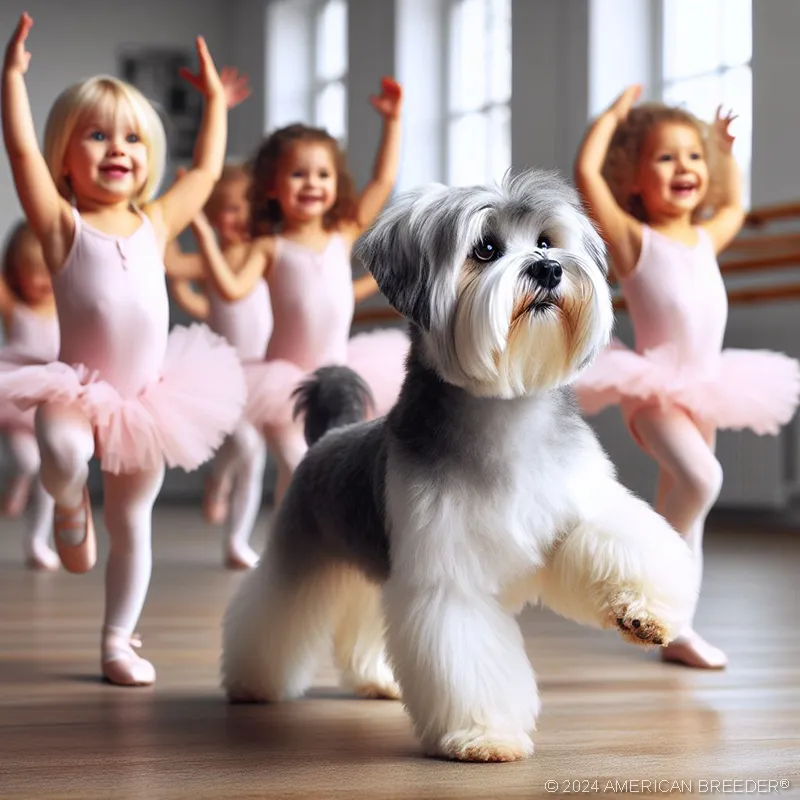 The Dandi Dinmont Terrier, a unique and charming breed, has a rich history and distinct characteristics that set it apart from other dogs. In this chapter, we'll introduce you to this remarkable breed, providing an overview of its origins, appearance, and historical significance.
The Dandi Dinmont Terrier, a unique and charming breed, has a rich history and distinct characteristics that set it apart from other dogs. In this chapter, we'll introduce you to this remarkable breed, providing an overview of its origins, appearance, and historical significance.
Origins: The Dandi Dinmont Terrier's name is inspired by a character in Sir Walter Scott's novel, "Guy Mannering," where a farmer named Dandie Dinmont had Terriers. This breed hails from the border region of Scotland and England, and its history traces back to the 1700s. Dandies were originally bred for hunting small game like otters and badgers, making them skilled hunters.
Appearance: Dandies are small, well-proportioned dogs with a distinctive appearance. They have a long body, short legs, and a unique "top-knot" of hair on their heads. The breed's most striking feature is its large, expressive eyes, which exude intelligence and curiosity. Dandi Dinmont Terriers typically stand around 8 to 11 inches tall at the shoulder and weigh between 18 to 24 pounds.
Historical Significance: Dandi Dinmont Terriers hold a special place in history due to their role as skilled hunters and loyal companions. They were originally bred by farmers and shepherds to help control vermin on their estates, and their tenacity and bravery in hunting made them a valuable asset. The breed's portrayal in literature, including Sir Walter Scott's works, contributed to its popularity and recognition.
Understanding the Dandi Dinmont Terrier's Characteristics
To truly appreciate the Dandi Dinmont Terrier, it's essential to understand its unique characteristics, both in terms of physical traits and personality. In this chapter, we'll explore what makes Dandies stand out in the canine world.
Physical Traits: Dandies possess distinct physical characteristics that make them instantly recognizable. Their long, low-set bodies, short legs, and "top-knot" of hair give them a one-of-a-kind appearance. They have a dense double coat, with a soft undercoat and a wiry, weather-resistant topcoat. The breed's coat can come in various colors, including mustard and pepper.
Eyes and Expression: The Dandi's large, soulful eyes are a hallmark of the breed. They exude intelligence and curiosity, and their expressive nature adds to the breed's endearing qualities. Dandies have a keen sense of sight, which was essential for their hunting role in the past.
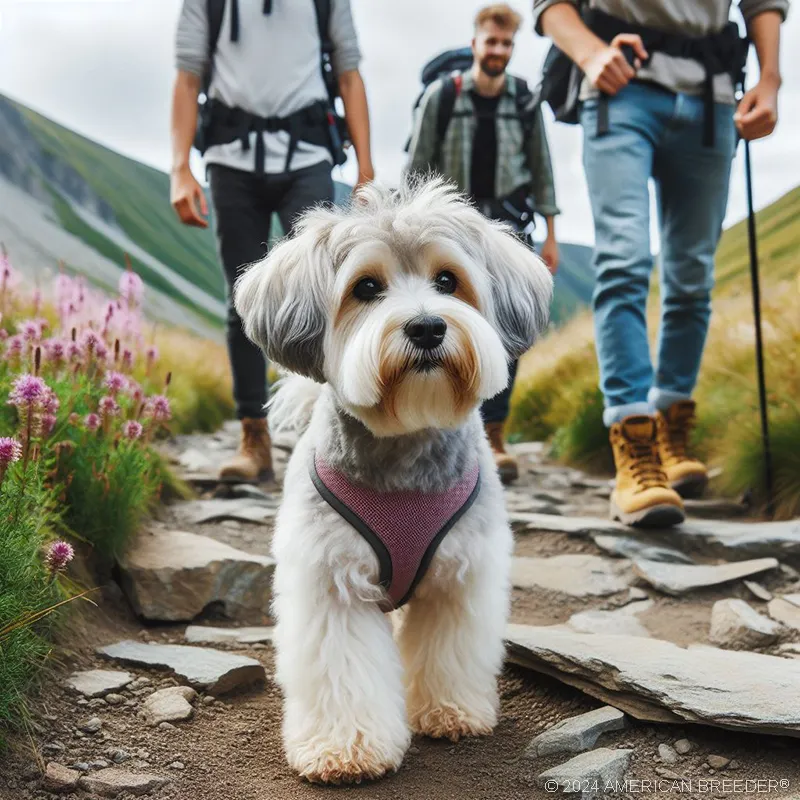 Personality and Temperament: Dandi Dinmont Terriers are known for their unique blend of traits. They are courageous and determined, a reflection of their hunting heritage. However, they are also affectionate and loyal, forming strong bonds with their families. Dandies are intelligent dogs, but they can be independent and sometimes a bit stubborn, requiring patient and consistent training.
Personality and Temperament: Dandi Dinmont Terriers are known for their unique blend of traits. They are courageous and determined, a reflection of their hunting heritage. However, they are also affectionate and loyal, forming strong bonds with their families. Dandies are intelligent dogs, but they can be independent and sometimes a bit stubborn, requiring patient and consistent training.
Energy and Playfulness: Despite their small size, Dandies are energetic dogs. They enjoy playtime and exercise, making them suitable companions for active individuals or families. Their playful nature means they can engage in games and activities that keep both their bodies and minds active.
Unveiling the Dandi Dinmont Terrier's Temperament
Understanding the temperament of the Dandi Dinmont Terrier is crucial for potential owners. In this chapter, we'll explore the breed's typical behavior, energy levels, and compatibility with different lifestyles.
Typical Behavior: Dandi Dinmont Terriers are known for their friendly and affectionate nature. They form strong bonds with their families and are often described as loyal companions. Despite their relatively small size, they possess a brave and fearless disposition, a trait inherited from their hunting background. This makes them alert and protective, which can make them excellent watchdogs.
Energy Levels: Dandies have moderate to high energy levels. They enjoy playtime and outdoor activities, making them well-suited for active individuals or families. Regular exercise is essential to keep them physically and mentally stimulated. Providing them with opportunities to explore and play in a safe environment is crucial for their well-being.
Compatibility with Different Lifestyles: Dandi Dinmont Terriers can adapt to various lifestyles, but they thrive in homes where they receive attention and affection from their owners. Their affectionate nature makes them great companions for singles, couples, or families with older children. However, their hunting instincts can sometimes lead to them chasing smaller pets, so supervision is necessary in multi-pet households.
Potential Behavior Issues: Like any breed, Dandies can exhibit behavior issues if not properly trained and socialized. Their independent streak may lead to stubbornness in training, so consistency and positive reinforcement techniques are recommended. Early socialization with other dogs and people is essential to ensure they grow up to be well-rounded adults.
Training Your Dandi Dinmont Terrier
 Training is a crucial aspect of owning a Dandi Dinmont Terrier. In this chapter, we'll explore the breed's trainability, intelligence, and recommended training approaches to help you develop a well-behaved and obedient companion.
Training is a crucial aspect of owning a Dandi Dinmont Terrier. In this chapter, we'll explore the breed's trainability, intelligence, and recommended training approaches to help you develop a well-behaved and obedient companion.
Trainability: Dandi Dinmont Terriers are intelligent dogs, but they can also be independent and strong-willed. This combination can sometimes make training a challenge. However, with the right approach and consistent training methods, Dandies can be trained effectively. Positive reinforcement techniques, such as treats and praise, work well with this breed.
Intelligence: Dandies are quick learners and possess a natural curiosity. They enjoy mental stimulation, so incorporating interactive toys and puzzles into their training sessions can keep them engaged and eager to learn. Their intelligence can be an asset in training, as they are capable of understanding and following commands.
Recommended Training Approaches: When training your Dandi Dinmont Terrier, it's important to establish yourself as a confident and consistent leader. This breed responds best to positive reinforcement, so reward-based training methods are highly effective. Be patient, as Dandies may need repetition and consistency to grasp commands fully.
Socialization: Early socialization is essential for Dandi Dinmont Terrier puppies. It helps them become well-adjusted adults who are comfortable around other dogs and people. Exposing them to various environments and experiences during their puppyhood helps prevent behavioral issues later in life.
Grooming Your Dandi Dinmont Terrier
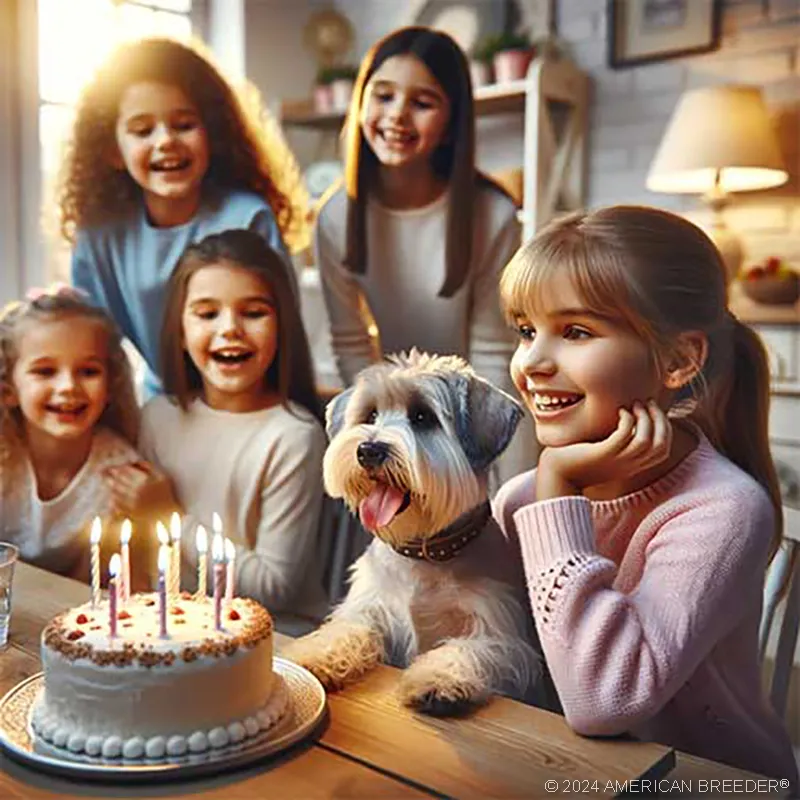 Grooming is a significant aspect of caring for your Dandi Dinmont Terrier. In this chapter, we'll delve into grooming routines, coat care, and other essential grooming practices to keep your Dandie looking and feeling their best.
Grooming is a significant aspect of caring for your Dandi Dinmont Terrier. In this chapter, we'll delve into grooming routines, coat care, and other essential grooming practices to keep your Dandie looking and feeling their best.
Coat Type: Dandi Dinmont Terriers boast a unique and distinctive coat. They have a dense, wiry topcoat and a soft, insulating undercoat. Their coat color can vary and includes shades like mustard and pepper. Regular grooming is necessary to maintain their coat's health and appearance.
Grooming Routines: To keep your Dandi's coat in optimal condition, brushing should be a part of your routine. Brushing at least two to three times a week helps remove loose hair, prevents matting, and distributes natural oils. Additionally, hand-stripping, a technique that involves plucking the dead hairs from the coat, is often recommended for Dandies.
Bathing: Bathing should be done on an as-needed basis, typically every two to three months or when your Dandi gets particularly dirty. Be sure to use a dog-specific shampoo to avoid skin irritation. Remember to dry your dog thoroughly after bathing to prevent skin issues.
Ear and Dental Care: Dandi Dinmont Terriers are prone to ear infections due to their floppy ears, so regular ear cleaning is essential. Additionally, dental care is crucial for this breed to maintain oral health. Brushing your Dandi's teeth several times a week is recommended.
Nail Trimming: Regular nail trimming is essential for your Dandi's comfort and health. Long nails can cause discomfort and affect their gait. If you're unsure about how to trim your dog's nails, consider seeking the assistance of a professional groomer or veterinarian.
Feeding Your Dandi Dinmont Terrier
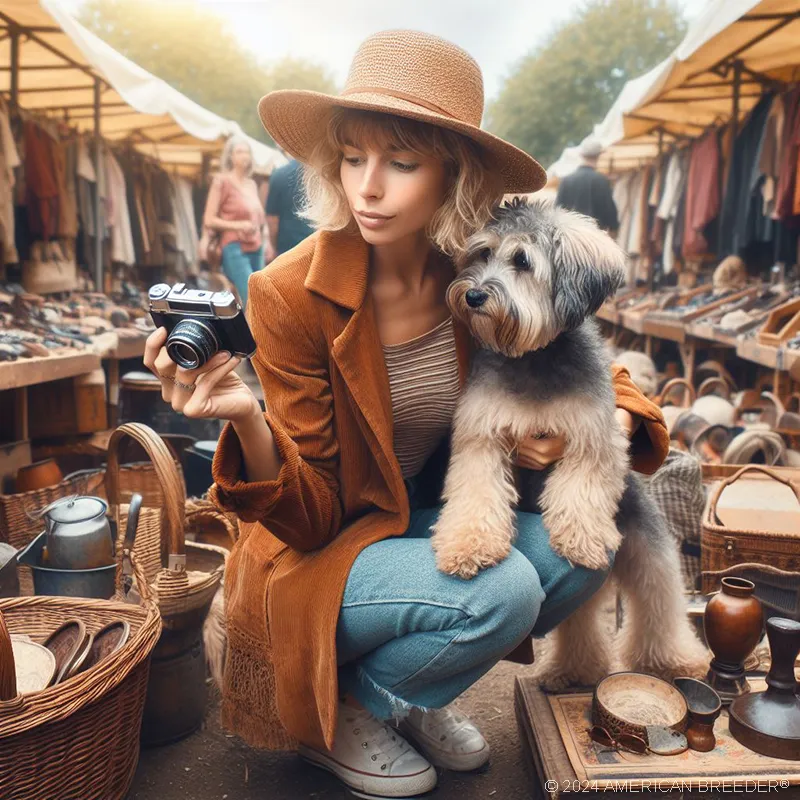 Proper nutrition is a cornerstone of your Dandi Dinmont Terrier's health and well-being. In this chapter, we'll discuss feeding requirements, dietary considerations, and how to ensure your Dandi receives the right nutrition.
Proper nutrition is a cornerstone of your Dandi Dinmont Terrier's health and well-being. In this chapter, we'll discuss feeding requirements, dietary considerations, and how to ensure your Dandi receives the right nutrition.
Feeding Requirements: Dandies require a balanced diet that meets their energy needs. High-quality commercial dog food that is appropriate for their age, size, and activity level is a good choice. Be sure to follow the feeding guidelines provided on the dog food packaging or the recommendations of your veterinarian.
Dietary Considerations: Dandi Dinmont Terriers are prone to obesity, so it's essential to monitor their calorie intake and prevent overfeeding. Avoid feeding them table scraps or excessive treats, as this can lead to weight gain and related health issues.
Food Allergies: Some Dandies may develop food allergies or sensitivities. If you notice signs of allergies, such as itching, digestive issues, or skin problems, consult your veterinarian. They can help you identify potential allergens and recommend a suitable diet.
Fresh Water: Always ensure that your Dandi has access to fresh, clean water. Hydration is crucial for their overall health, and they should have water available at all times.
Health Care for Your Dandi Dinmont Terrier
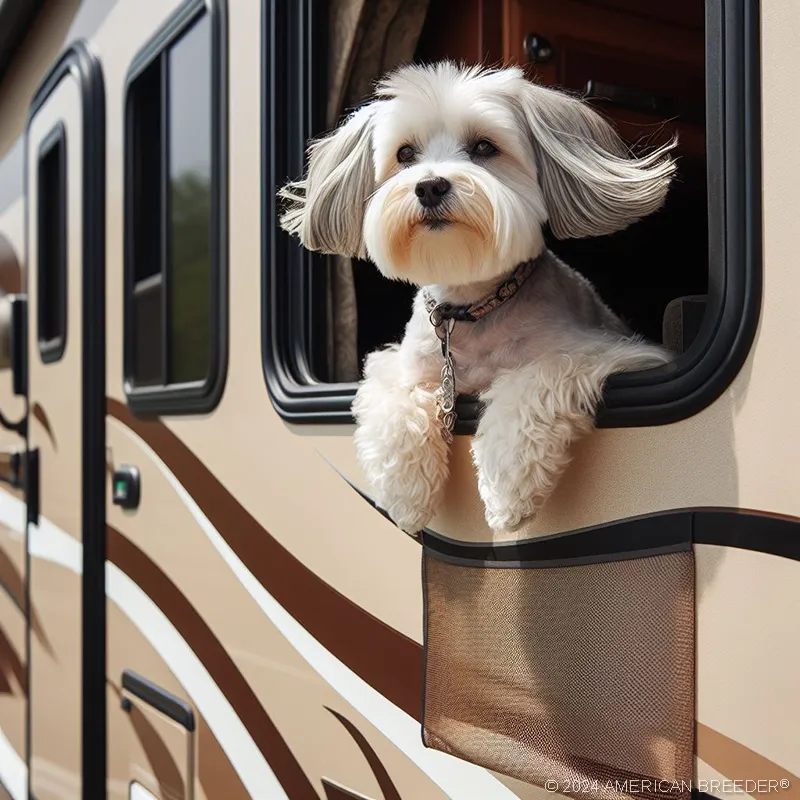 Maintaining your Dandi Dinmont Terrier's health is a top priority for any responsible owner. In this chapter, we'll explore common health issues, lifespan expectations, and preventive measures to ensure your Dandi lives a long and healthy life.
Maintaining your Dandi Dinmont Terrier's health is a top priority for any responsible owner. In this chapter, we'll explore common health issues, lifespan expectations, and preventive measures to ensure your Dandi lives a long and healthy life.
Common Health Issues: Dandies are generally a healthy breed, but like all dogs, they can be prone to certain health issues. Some of the conditions that may affect Dandies include hip dysplasia, patellar luxation, glaucoma, and spinal issues. Regular veterinary check-ups are crucial to detect and address any health concerns early.
Lifespan Expectations: Dandi Dinmont Terriers have a relatively long lifespan compared to some other small breeds. On average, they can live between 12 to 15 years or even longer with proper care and attention to their health. Genetics, diet, and lifestyle play significant roles in determining their longevity.
Preventive Measures: Preventive healthcare is essential for your Dandi's well-being. Ensure they receive regular vaccinations, flea and tick prevention, and heartworm medication. Regular exercise and a balanced diet contribute to their overall health.
Spaying and Neutering: Many Dandi owners choose to spay or neuter their dogs, which can prevent unwanted pregnancies and reduce the risk of certain health issues, including some types of cancer.
Grooming and Dental Care: As discussed in previous chapters, regular grooming and dental care are essential components of preventive health care for Dandi Dinmont Terriers. Keeping their coat clean and free from mats and attending to their dental hygiene can prevent a range of health issues.
Socialization and Compatibility
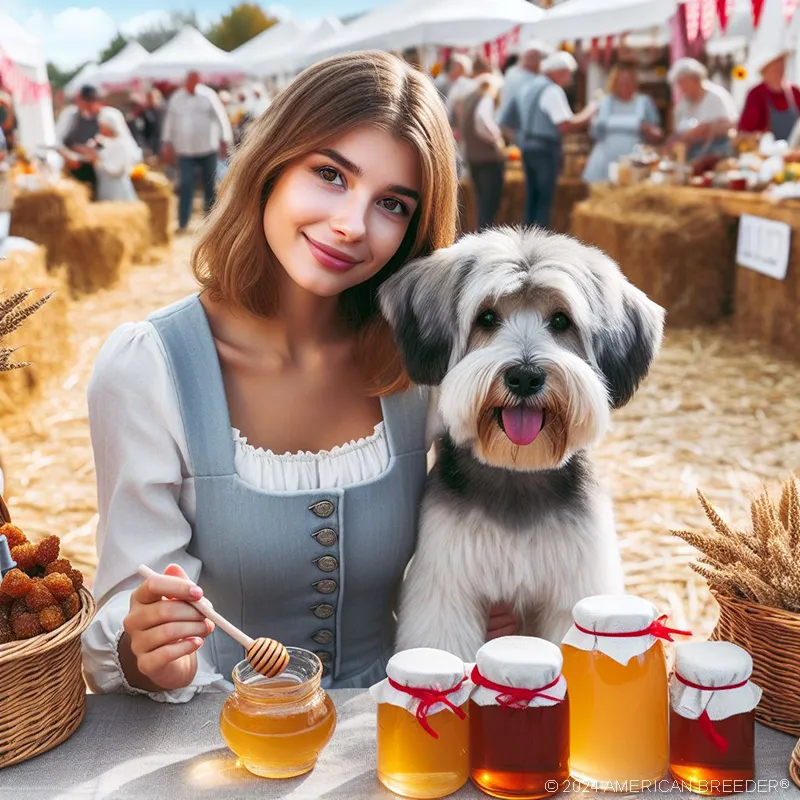 Dandi Dinmont Terriers are known for their unique personalities and social behaviors. In this chapter, we'll explore their compatibility with children and other pets, socialization needs, and considerations for multi-dog households.
Dandi Dinmont Terriers are known for their unique personalities and social behaviors. In this chapter, we'll explore their compatibility with children and other pets, socialization needs, and considerations for multi-dog households.
Children: Dandies can be great companions for families with children. They are generally affectionate and can form strong bonds with kids. However, it's important to supervise interactions between your Dandi and young children to ensure both the dog and the child are comfortable and safe.
Other Pets: Dandi Dinmont Terriers can coexist with other pets, including cats, when properly introduced and socialized. Early socialization and positive experiences with other animals can help ensure peaceful cohabitation.
Socialization Needs: Dandies benefit from early socialization to various people, animals, and environments. This helps them develop into well-rounded and confident dogs. Exposing them to different situations and experiences can prevent behavioral issues later in life.
Multi-Dog Households: If you plan to have multiple dogs, consider the dynamics of a multi-dog household. Dandies can get along with other dogs, but it's essential to manage their interactions and ensure they have their space and individual attention.
Training and Obedience
Dandi Dinmont Terriers are intelligent dogs with a strong desire to please their owners. However, they can also be independent and somewhat stubborn, making training and obedience an important aspect of their care.
Trainability: Dandies are generally trainable, but they may require patience and consistency. Early socialization and puppy training classes can be highly beneficial in teaching them good manners and basic commands.
Positive Reinforcement: Positive reinforcement techniques, such as praise, treats, and toys, work well with Dandi Dinmont Terriers. Harsh training methods or punishment can lead to resistance and fear.
Exercise and Mental Stimulation: Dandies have an active mind and need mental stimulation in addition to physical exercise. Puzzle toys and interactive games can help keep their minds engaged and prevent boredom-related behavior issues.
Basic Commands: Teaching basic commands like "sit," "stay," and "come" is essential for safety and effective communication. Advanced training can include tricks and agility exercises to challenge their intelligence.
Exercise Needs
Dandi Dinmont Terriers may be small, but they have moderate exercise needs. In this chapter, we'll delve into the importance of exercise, suitable activities, and how to ensure your Dandi gets the physical activity they require.
Exercise Importance: Regular exercise is crucial to keep your Dandi healthy, mentally stimulated, and well-behaved. It helps prevent obesity and associated health issues.
Suitable Activities: Dandies enjoy a variety of activities, including brisk walks, playtime in a secure yard, and interactive games like fetch. Mental stimulation is equally important, so consider puzzle toys and obedience training.
Exercise Duration: Aim for at least 30 minutes to an hour of exercise daily. Adjust the intensity and duration based on your Dandi's age, health, and energy level.
Weather Considerations: Be mindful of the weather, as Dandies have a dense, weather-resistant coat. They may overheat in hot weather, so exercise them during cooler times of the day.
Financial Planning
Owning a Dandi Dinmont Terrier comes with financial responsibilities. In this chapter, we'll explore the financial aspects of caring for your furry friend, including budgeting for their needs and being prepared for potential veterinary costs.
Budgeting for Essentials: Calculate the costs of food, grooming, preventive medications, toys, and other essential items. This will help you create a monthly and yearly budget for your Dandi's care.
Veterinary Costs: Routine veterinary care, including vaccinations, check-ups, and dental care, should be factored into your budget. Additionally, consider setting aside funds for unexpected medical expenses or emergencies.
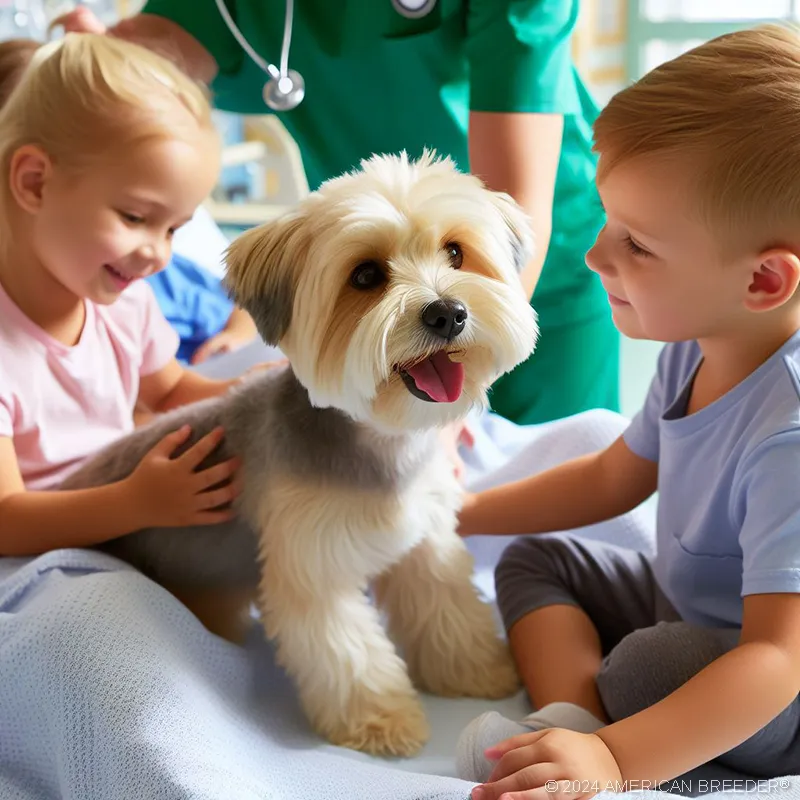 Pet Insurance: Some owners choose to invest in pet insurance to help cover veterinary costs. Research different insurance plans to find one that suits your needs.
Pet Insurance: Some owners choose to invest in pet insurance to help cover veterinary costs. Research different insurance plans to find one that suits your needs.
Saving for the Future: Building a savings fund specifically for your Dandi's needs can provide peace of mind and ensure you're financially prepared for any situation.
Dandi Dinmont Terrier Clubs
There are several breed-specific clubs and organizations dedicated to Dandis, where you can connect with fellow enthusiasts, participate in events, and learn more about the breed's history and standards. Some of the notable organizations include the Dandie Dinmont Terrier Club in the UK and the Dandie Dinmont Terrier Club of America.
Dandi Dinmont Terrier Trivia: Did you know that the Dandi Dinmont Terrier is one of the rarest terrier breeds? Their distinctive name is derived from a fictional character, Dandie Dinmont, in Sir Walter Scott's novel. Exploring such trivia can add depth to your appreciation of the breed.
Fun Facts: Dandi Dinmont Terriers have a variety of quirks and characteristics that make them unique. For example, their large, expressive eyes are a notable feature that adds to their charm. Learning about these fun facts can deepen your connection with your Dandi.
Conclusion
This comprehensive guide has delved deep into all aspects of the Dandi Dinmont Terrier. From their history to temperament, grooming to training, and responsible ownership to legal obligations, you now possess a wealth of knowledge to provide the best possible care for your Dandi Dinmont Terrier. Your journey as a proud Dandi owner is filled with rewards and the opportunity to build a strong bond with this charming and distinctive breed. Enjoy every moment with your Dandi Dinmont Terrier, and may your companionship be filled with joy, adventure, and lifelong friendship.
Dandi Dinmont Terrier Dog Quick Reference Guide
Breed Background: Origin: Border region of England and Scotland | Breed Purpose: Vermin hunting | AKC Class: Terrier Group | Year Recognized by AKC: 1886 Appearance: Size: Small | Weight: 18-24 pounds (8-11 kg) | Coat Type: Wiry, non-shedding | Colors & Patterns: Pepper (dark gray) and Mustard (reddish-brown) | Distinctive Features: Topknot on the head, elongated body, short legs
Appearance: Size: Small | Weight: 18-24 pounds (8-11 kg) | Coat Type: Wiry, non-shedding | Colors & Patterns: Pepper (dark gray) and Mustard (reddish-brown) | Distinctive Features: Topknot on the head, elongated body, short legs
Temperament: Energy Level: Moderate | Loyalty: High | Friendliness to Pets: Moderate | Friendliness to Strangers: Cautious | Trainability: Moderate | Playfulness: Moderate | Frequent Barker: Moderate | Chase Instincts: Moderate | Sense of Smell: Good | Drive to Hunt: Moderate
Health & Care: Health Issues: IVDD, Hypothyroidism, Cushing's Disease, Eye Issues | Lifespan: 12-15 years | Grooming Difficulty: Moderate (regular brushing and hand-stripping) | Exercise Needs: Moderate (daily walks and playtime)
Socialization: Interaction with Children: Good with supervision | Interaction with Pets: May be selective, early socialization helps | Interaction with Strangers: Cautious, may require time to warm up | Elderly Compatibility: Suitable with elderly owners | Ease of Training: Moderate
Suitable Living Arrangements: Apartment: Yes | House: Yes | Rural Area: Yes | Yard Size Requirements: Small yard is sufficient
Training & Obedience: Trainability: Moderate (independent thinkers) | Intelligence: High | Obedience: Moderate | Problem-Solving: Moderate | Easily Stimulated: Moderate | Focus Level: Moderate | Easily Distracted: Moderate
Financial Planning: Typical Price Range: Moderate to High | Initial Expenses: Vaccinations, spaying/neutering, basic supplies | Ongoing Annual Expenses: Food, grooming, routine veterinary care
Breeding: Reproductive Maturity: Around 6-8 months | Litter Frequency: Once a year | Litter Size: 2-4 puppies | Stud Cost: Moderate to High | Breeding Challenges: Small litters, potential health issues, and grooming demands in puppies.

